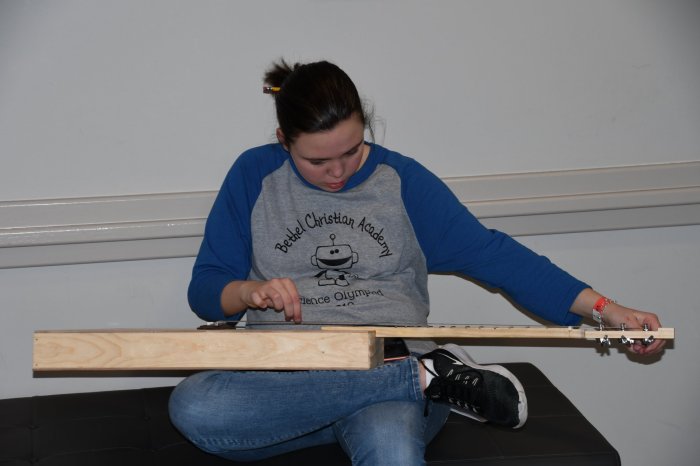Science Olympiad Sounds of Music, a prestigious event that celebrates the harmonious convergence of science and music, sets the stage for this enthralling narrative. Dive into a world where young minds explore the intricate tapestry of sound, showcasing their exceptional abilities in a symphony of knowledge and artistry.
This comprehensive guide unveils the multifaceted nature of the Science Olympiad Sounds of Music event, providing a roadmap for understanding its purpose, structure, and impact on music education. Join us as we delve into the captivating world of sound, where innovation meets tradition, and passion fuels the pursuit of musical excellence.
1. Understanding the Science Olympiad Sounds of Music Event

The Science Olympiad Sounds of Music event is a prestigious competition that challenges students to demonstrate their musical knowledge, creativity, and performance skills. The event aims to foster a love for music, promote musical excellence, and provide a platform for students to showcase their talents.The
competition is divided into several categories, including classical music, jazz, and popular music. Each category has different levels of difficulty, ranging from beginner to advanced. Participants can compete as individuals or as part of a group.The scoring criteria for the Sounds of Music event focus on musical accuracy, technical proficiency, and overall performance.
Judges evaluate participants based on their intonation, rhythm, dynamics, and interpretation of the music.
Preparation and Training for the Sounds of Music Event
Preparing for the Sounds of Music event requires careful selection of music and effective rehearsal techniques. Participants should choose pieces that showcase their strengths and challenge their abilities. It is important to practice regularly, paying attention to both technical accuracy and musical expression.Teamwork
and collaboration are essential for group performances. Participants must work together to achieve a cohesive and balanced sound. Regular rehearsals and communication are crucial for developing a strong ensemble.
Instrumentation and Performance Techniques, Science olympiad sounds of music
The Sounds of Music event features a wide range of instruments, including strings, woodwinds, brass, and percussion. Participants must demonstrate proficiency on their chosen instruments and employ appropriate performance techniques.String players should focus on producing a clear and resonant tone, while woodwind players should strive for accurate articulation and phrasing.
Brass players must develop strong embouchures and control their dynamics, while percussionists must maintain precise timing and coordination.
Creative Elements and Interpretation
Creativity and interpretation play a vital role in the Sounds of Music event. Participants are encouraged to incorporate unique elements into their performances, such as improvisation, ornamentation, and personal interpretation. Judges value performances that demonstrate a deep understanding of the music and a creative approach to its presentation.
Historical Context and Evolution of the Event
The Sounds of Music event has a rich history dating back several decades. It has evolved over time to reflect changing musical trends and pedagogical approaches. The event has grown in popularity, attracting a diverse group of participants from around the world.
It has become an important platform for showcasing musical talent and fostering a love for music.
Role of Technology in the Sounds of Music Event
Technology has played an increasingly important role in the Sounds of Music event. Digital audio workstations, sound reinforcement systems, and music notation software have enhanced the performance and judging process. Technology has also enabled the event to reach a wider audience through live streaming and online recordings.
Questions and Answers
What is the primary objective of the Science Olympiad Sounds of Music event?
To promote the exploration and understanding of music through scientific principles and creative expression.
What are the different categories of competition within the Sounds of Music event?
Categories may include solo performances, group ensembles, and composition.
How are performances judged in the Sounds of Music event?
Performances are typically judged based on criteria such as musical accuracy, technical proficiency, creativity, and overall presentation.
What role does technology play in the Sounds of Music event?
Technology can enhance performances through digital instruments, sound effects, and recording capabilities.


